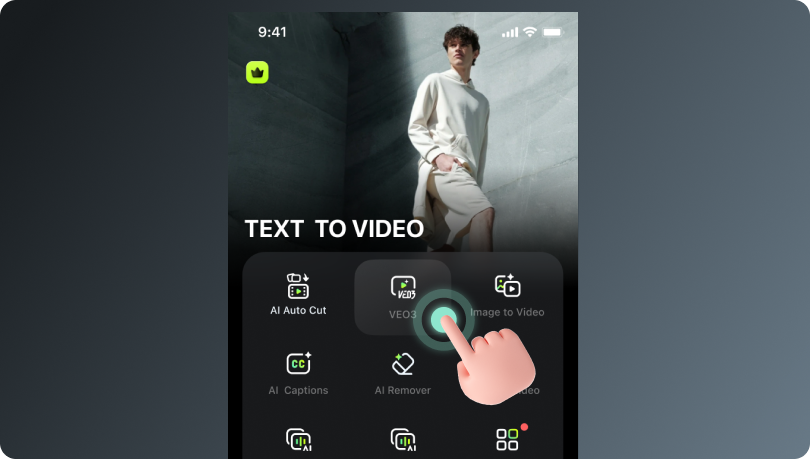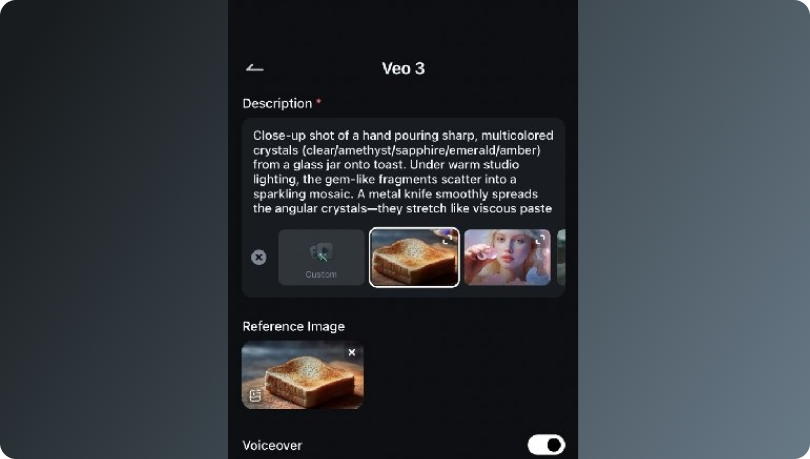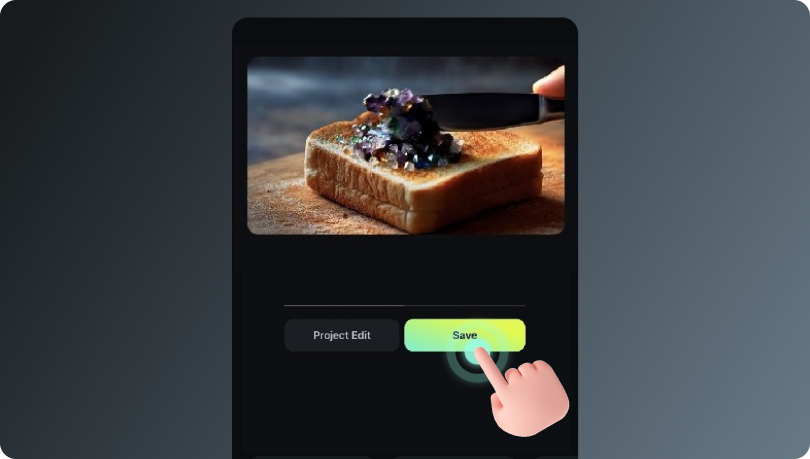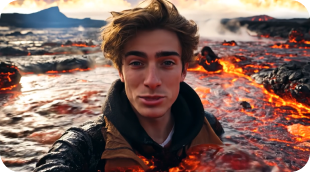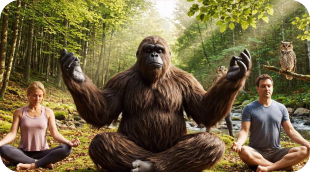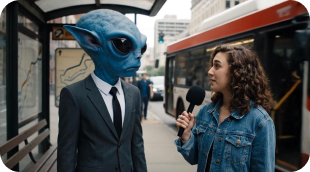Discover Stunning AI Animation
Creations [Prompts Included]
See how simple prompts can transform into dynamic, eye-catching animated stories that inspire creativity and captivate audiences.
Loading more templates...
Why Choose Filmora for Animation Prompts?
Whether you’re drafting short character loops, explainer scenes, or full story beats, Filmora turns simple text or image prompts into polished animations. With intuitive AI tools, clear controls, and creator-friendly workflows, you can go from idea to animated sequence fast—no steep learning curve.
Turn Prompts into Animation in Seconds with Filmora AI
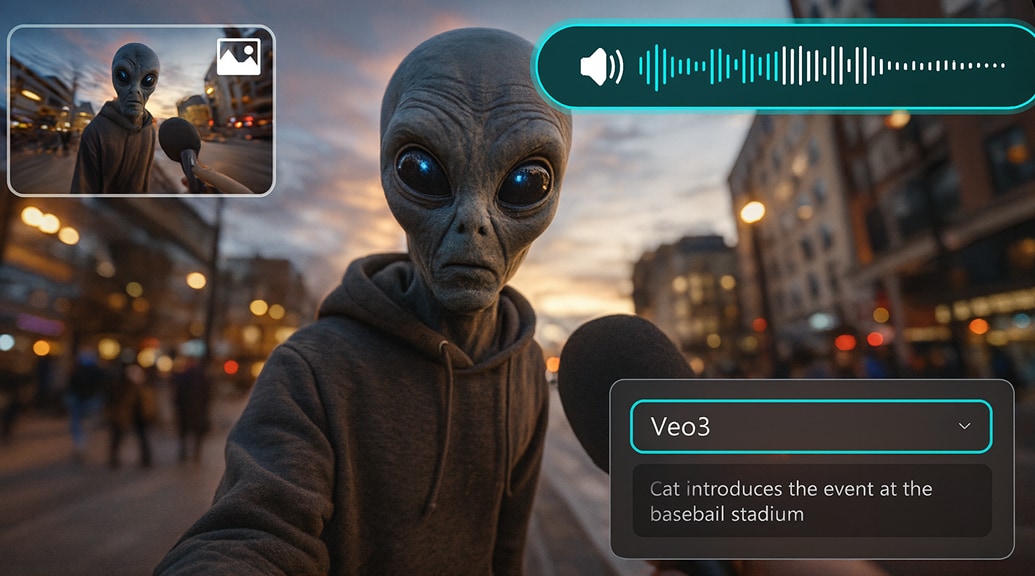
Turn Prompts into Animation in Seconds with Filmora AI
Use Filmora’s AI-powered text-to-video editor to transform concise prompts into animated shots. Describe a scene, mood, and motion cues—then let AI generate animated assets and camera moves. Start from text or convert concept art with AI image-to-video, pick styles (minimal, cartoon, cel-shaded, or cinematic), and guide pacing with simple prompt tags like “slow zoom,” “snappy cuts,” or “anticipation.” Input your idea; Filmora turns it into animation-ready sequences you can refine instantly.
Fully Personalized Prompt-to-Animation: Style, Effects & Timing
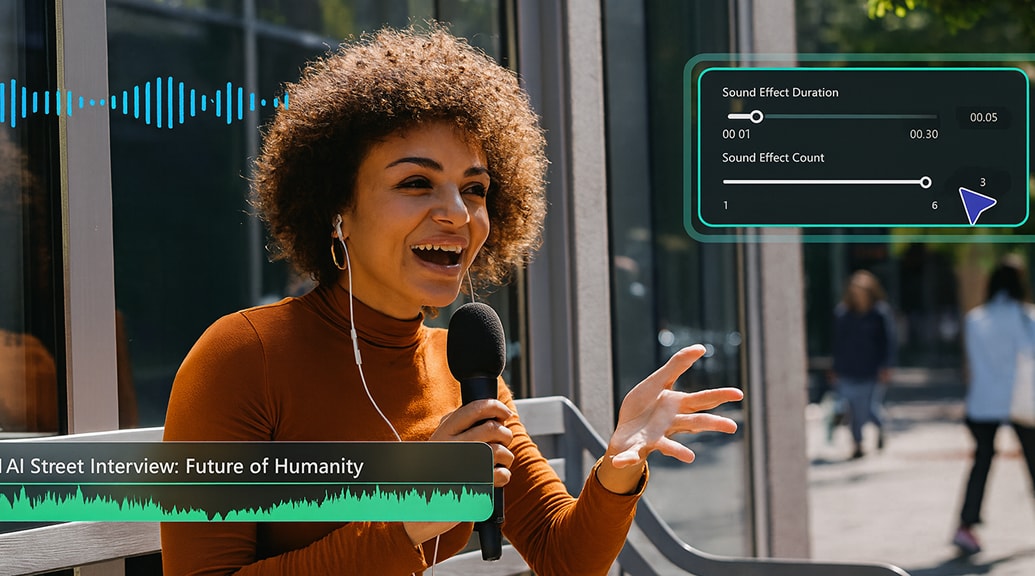
Fully Personalized Prompt-to-Animation: Style, Effects & Timing
Dial in your look and feel with Filmora’s customizable controls—apply cinematic video effects, motion graphics, and overlays that respond to your prompt. Add titles, shape layers, and transitions to emphasize actions or beats. Fine-tune timing with editable shot lengths and beats-per-cut guidance. Export in MP4, MOV, or social-ready canvases for TikTok, YouTube Shorts, and Reels so your animation is ready to share anywhere.
A Complete Editing Suite for Prompt-Generated Animations
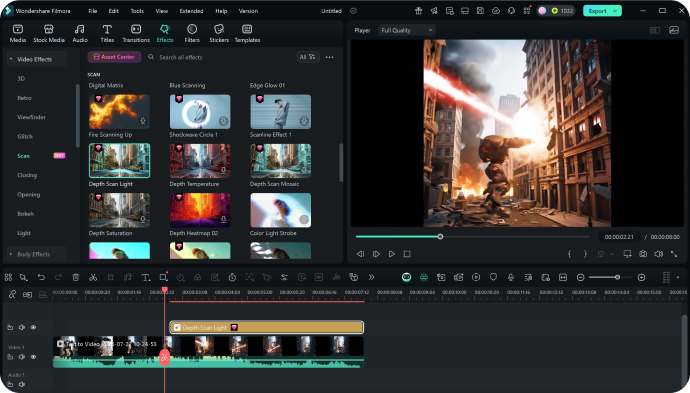
A Complete Editing Suite for Prompt-Generated Animations
Refine your AI-generated scenes with Filmora’s professional toolkit. Use multi-track timelines to layer characters, backgrounds, and sound. Sync actions with music using keyframe animations, and polish shots with speed changes, video stabilization, green screen, and motion tracking. From rough pass to final export, Filmora keeps your prompt-driven animation clean, consistent, and production-ready.
FAQs on Creating Animations with Prompts
How to Generate Animations with Prompts in Filmora
Create engaging animations from simple text or image prompts using Filmora’s AI tools. Bring characters, scenes, and effects to life in just a few easy steps, no animation expertise required.
More Than Just Animation Prompts
Filmora isn’t limited to simple scene generation. With Veo 3 AI, you can turn prompts into a wide range of animations, from cinematic story sequences and cartoon shorts to explainer videos and stylized motion graphics. Just describe your idea and Filmora will generate complete animated clips with visuals, movements, and captions, ready to refine or share instantly.



